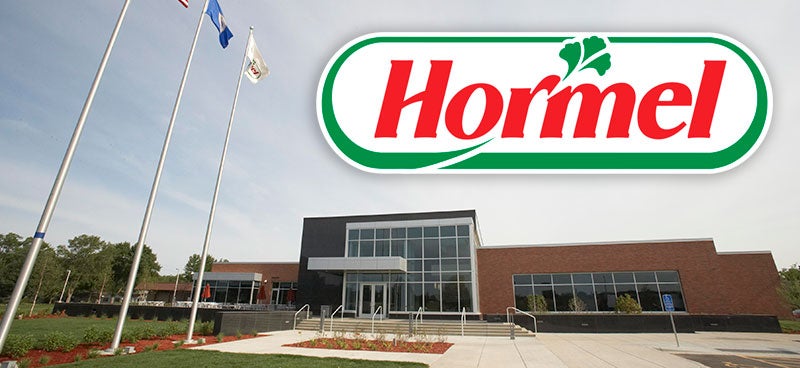Council takes it outside
Published 10:10 am Tuesday, July 21, 2009
Having sat inside for a two-hour meeting, the Austin City Council got some fresh air Monday as they toured a potential budget cut and proposed flood mitigation areas.
First, council members, along with Mayor Tom Stiehm, city administrator Jim Hurm and city engineer Jon Erichson, stopped at Packer Arena. Closing the ice arena has been discussed as a possible way to help the city’s budget.
The arena was completed in 2003 and is the smaller of the city’s two ice arenas, with the older Riverside having more locker rooms and more seating capacity.
Erichson said because of geothermal heating, the gas bill at Packer is a very low $2,500. On top of that, electric and water cost an additional $56,000, according to a memo.
Parks and recreation director Kim Underwood said neither arena has ice year-round. She said Packer Arena will get ice in October. and it will stay through April. In the meantime, the arena is used for a number of summer recreation programs, including archery and tennis when it rains.
Councilman Steve King pointed toward a number of donors honored on the arena’s wall and said closing the doors could anger a lot of people.
He said that might even make getting future donations harder for the city.
After walking through the arena, the group next stopped near Mill Pond, where Erichson briefed them on flood mitigation proposals.
Currently, the city is looking to build a combination of walls and berms along the Cedar River with city money and a number of grants. Erichson said the North Main area near Mill Pond is the priority, but the preventative system is slated to continue along the river past 11th Avenue Northwest toward Interstate Highway 90.
Where possible, the city would like to construct berms, but walls will be necessary at some points. Under discussion is whether the walls will be permanent brick walls or “invisible” walls that can be planked in when flood waters rise.
The invisible wall would cost roughly $540,000 more but would be less restrictive between Main Street and Mill Pond.
Either type of wall would stand about 7.5 feet tall during a flood.
Erichson said the council didn’t need to reach a conclusion during the tour but should begin thinking heavily about what they’d prefer.
He added that construction would ideally begin late this year or early in 2010.
The walls and berms would protect approximately 59 acres from flooding.




